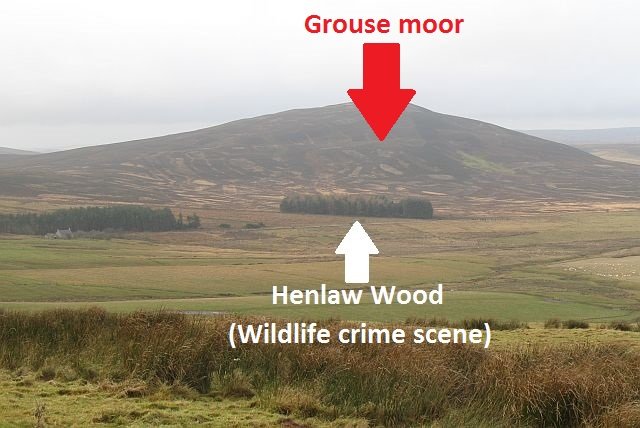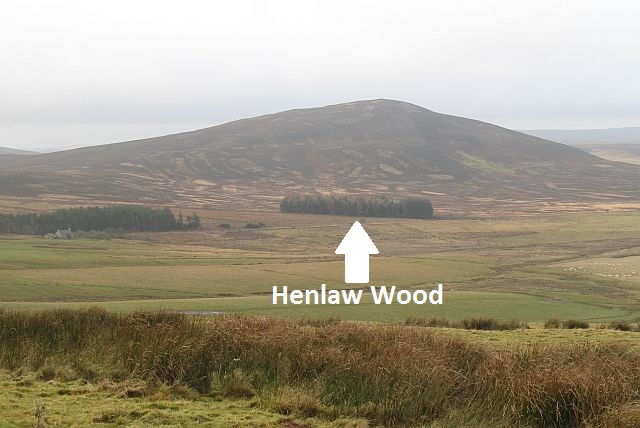Scottish Land and Estates (SLE), the grouse moor owners’ lobby group (amongst other things) has announced its new Chairman will be sporting estate owner Mark Tennant.
Mark will begin his new role in April 2020 when the current Chair, Lord David Johnstone, steps down.

We don’t know much about Mark other than what SLE has written in its announcement (here) but let’s be honest, he’s not exactly got big shoes to fill. His predecessor, ‘Dumfriesshire Dave’ has spent the last five years pretending everything’s fine and suggesting there’s really no need to do anything about the illegal killing of raptors on grouse moors because it’s no longer an issue, it’s mostly just the RSPB trying to smear the good name of the industry and/or ‘activists’ trying to ‘set up’ law-abiding estates. (E.g. see here, here, here, here, here). Talk about dial ‘D’ for denial.
It’s hard to think of a single example where Dumfriesshire Dave has inspired any confidence in the industry’s willingness, let alone ability, to clean up its act, so Mark Tennant has a bit of an open goal to get off to a good start, should he choose to take it.
According to the SLE announcement, Mark will be working ‘to help fight climate change’. Excellent. Can we expect all SLE-member grouse moor owners to commit to stopping their routine heather burning regimes, including on deep peat, in the interests of addressing the climate emergency?
What we do know about Mark, from the SLE announcement, is that his ‘family business Innes Estate in Elgin has been a member of SLE for over 40 years‘. That’s really interesting. So SLE didn’t expel the estate when the then head gamekeeper was convicted in 2007 for poisons and firearms offences, then? NOTE: there is no suggestion that those historical offences were part of a wider pattern of continued wildlife crime on the estate – as far as we are aware there are no further reports of alleged offences at this estate – we’re just interested at SLE’s apparent lack of action in response to wildlife crime.
Speaking of which, here’s something Mark could sort out for us. We’re still waiting to hear from SLE whether the Longformacus Estate (the location of a catalogue of horrific and violent wildlife crimes for which a gamekeeper was recently convicted) was, and if so still is, a member of Scottish Land & Estates? We asked SLE this specific question in August, after the Crown Office chose not to pursue a prosecution for alleged vicarious liability and SLE had until then avoided commenting on the estate’s membership status. We had a quick response from the Membership Department who told us, ‘I have forwarded on your email to our Senior Management Team who will respond in due course‘. Needless to say, silence since then.
Over to you, Mark. Was/is Longformacus Estate a member of Scottish Land & Estates?






























